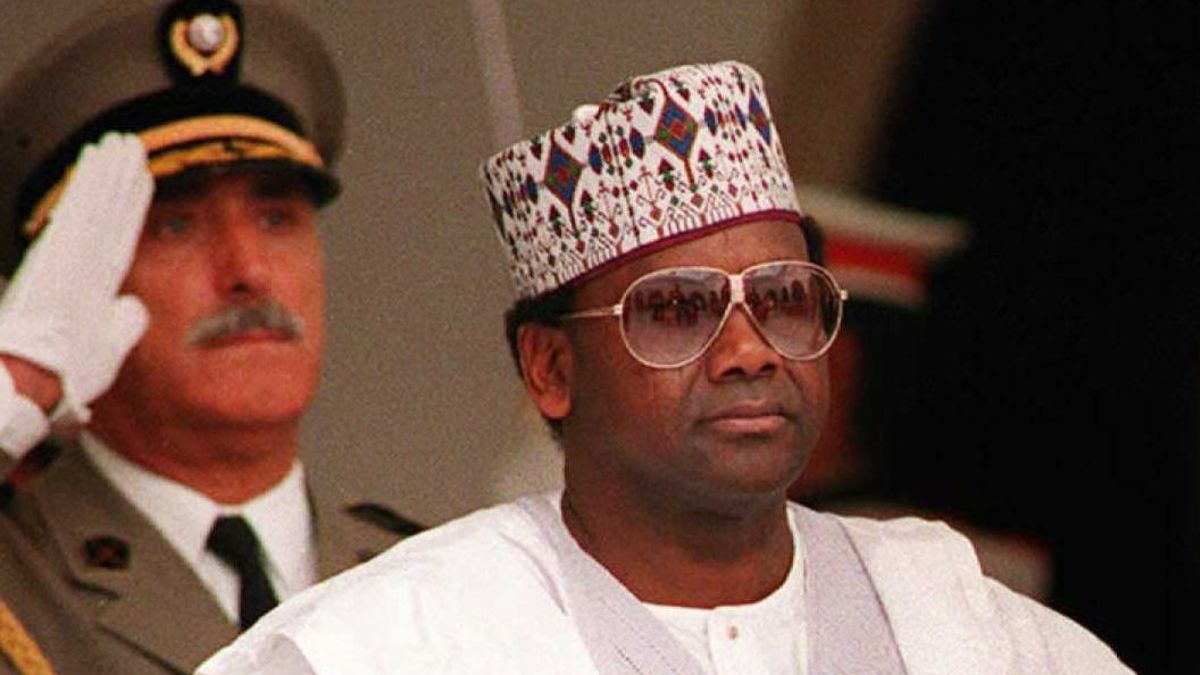WASHINGTON, USA — US President Donald Trump on Wednesday, November 12, 2025, signed into law a bipartisan agreement to fund the federal government through the end of January, ending a protracted 43-day shutdown that had become the longest in the nation’s history.
Speaking at the White House shortly before signing the measure, Trump blamed his political opponents for the impasse.
“The extremists in the other party insisted on creating the longest government shutdown in American history, and they did it purely for political reasons,” he said.
“This is no way to run a country. I hope we can all agree that the government should never be shut down again.”
The House of Representatives approved the stopgap funding bill earlier on Wednesday, November 12, 2025, in a 222–209 vote, following the Senate’s backing of the same agreement on Monday, November 10, 2025.
The deal restores government funding at previous levels through 30 January and includes three-year appropriations packages covering key agencies and programmes.
It also reinstates federal employees who were dismissed during the shutdown.
The political stalemate began on Wednesday, October 1, 2025, after talks collapsed over federal spending priorities.
In the weeks that followed, thousands of government employees were furloughed or required to work without pay, while numerous public services were scaled back or suspended altogether.
The shutdown’s length eclipsed previous records and fuelled widespread concern about its economic impact and the precedent it set for future budget negotiations.
Democrats had sought to leverage the shutdown to push Republicans toward extending subsidies under the Affordable Care Act (ACA) and reversing cuts to Medicaid that Trump and Republican lawmakers enacted earlier in the year.
However, those efforts fell short.
The only concession won by Democratic negotiators was a commitment from Senate Republicans to hold a future vote on ACA subsidies that are due to expire at the end of the year.
The agreement marks a temporary reprieve rather than a permanent resolution.
The government now faces a new funding deadline at the end of January, and the issues that triggered the shutdown — including health care funding, entitlement reform, and broader fiscal priorities — remain unresolved.
With the shutdown over, attention is expected to shift quickly to the next round of negotiations, as lawmakers work to prevent yet another lapse in funding and the political fallout that accompanies it.
The human and economic toll of the 43-day shutdown has intensified calls in Washington for reforms to the budget process, though deep partisan divisions continue to complicate efforts at structural change.







